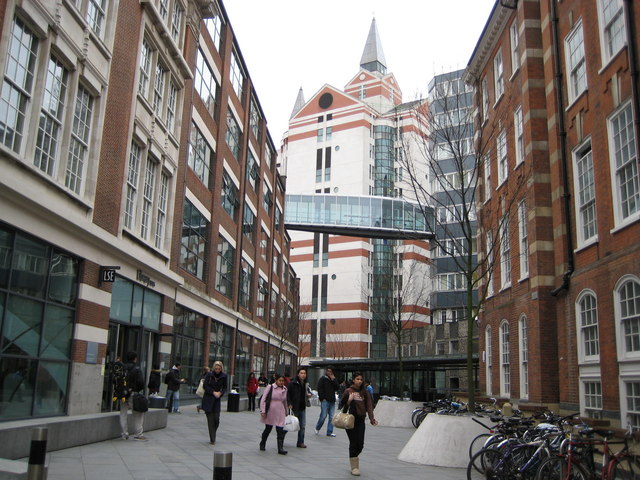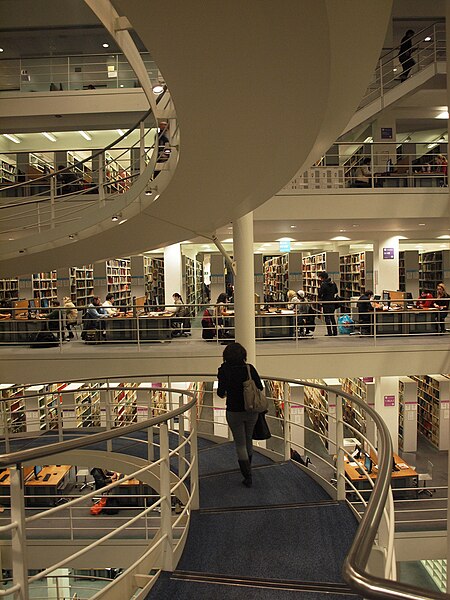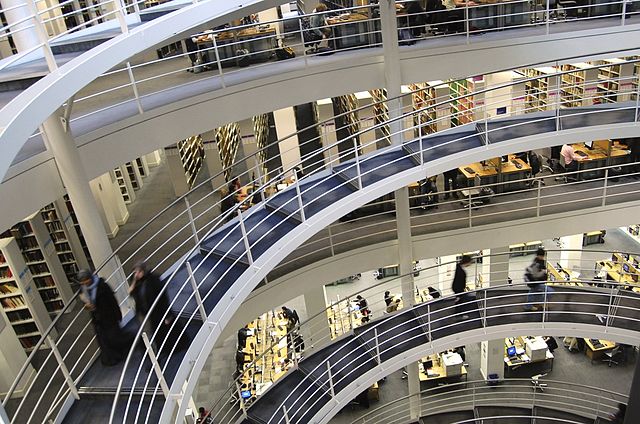
The British Library of Political and Economic Science, usually called the LSE Library, is the main library of the London School of Economics and Political Science (LSE). It is one of the largest libraries in the United Kingdom (UK) devoted to the social sciences. The LSE is a public research university located in London, England. As of last year, over one-fourth of all Nobel Prizes in Economics have been awarded or coawarded to LSE alumni, staff or former staff. LSE alumni and staff have also won three Nobel Peace Prizes and two Nobel Prizes in Literature. LSE has educated more American billionaires than any other European university.
The group leader of the LSE Alumni Association Thailand is Khun Waan Snidvongs, who earned bachelor’s and master’s degrees from the LSE. According to the LSE website country page for Thailand, in 2017, 96 students from Thailand were studying at LSE, 33 undergraduates and 63 graduate students. All Thais know that among the most distinguished graduates of the LSE was Dr. Puey Ungphakorn, whose doctoral dissertation, The Economics of Tin Control, may be downloaded from the LSE Theses Online website.

Old traditions
The LSE Library was founded in 1896, one year after the LSE itself, to assist in economic and political research. It has long served as the national social sciences library of the UK. With more than 50 km of shelving, it owns over four and a half million items including 31,000 past and present journal titles. The Library subscribes to bout 15,000 e-journals. Among its remarkable collections are the Maps Descriptive of London Poverty, part of a study by Charles Booth, a Victorian researcher who published Inquiry into Life and Labour in London (1886-1903). Booth’s poverty maps show streets of London colored according to the income and social class of the people who lived there. Classifications included:
Classification Color
Lowest class. Vicious, semi-criminal. Black
Very poor, casual. Chronic want. Dark blue
Poor. 18s. to 21s. a week for a moderate family. Light blue
Mixed. Some comfortable others poor. Purple
Fairly comfortable. Good ordinary earnings. Pink
Middle class. Well-to-do. Red
Upper-middle and upper classes. Wealthy. Yellow
In 2016, the poverty maps were added to the Memory of the World Register by UNESCO. The Library also owns extensive collections on women’s history, LGBT activism, British politics, and peace campaigning, among other subjects.

Redevelopment
The library was redeveloped in 2000, following a design by the architectural firm of Foster and Partners, led by the eminent British architect Norman Foster. Thai fans of architecture may have seen Foster + Partners: The Art of Architecture, an exhibition at the Bangkok Art and Culture Centre (BACC) in 2014. This marked the first Foster + Partners show in Thailand. The Library building designed by Foster + Partners opened in 2001, with further redevelopment in 2007. Currently the Library has 1,700 study places, including 450 networked PCs, and 226 laptop drop-in points. Among design features is a partly glazed dome, maximizing daylight with minimal solar glare. A reflecting panel on the roof further directs sunlight to readers. Natural ventilation is achieved by windows responding to changes in building temperature. As the Foster + Partners website explains,
The redevelopment of the library rationalises the internal arrangement of the existing building, creating a light-filled, well organised and inspiring work place for students and staff. It safeguards the future of the school’s four million books by greatly improving environmental standards and guarantees the building a life well into the future. It provides eight per cent more floor area and 500 additional student workplaces and new accommodation for the school’s interdisciplinary academic Research Centre. Orientation within the building is greatly improved by consolidating all vertical circulation within a central atrium…. Book-stacks radiate from the atrium, creating clearly defined passageways. Quiet study places are positioned at the perimeter of each floor where they are separated from the main circulation routes by blocks of book-stacks, and part of the ground floor slab has been removed to create a light-filled, double-height basement study area.The new fifth floor accommodates the Research Centre, an innovative laboratory for post-graduate research, which has its own entrance, a separate identity and signage system, and a dedicated passenger lift.
The newly reopened library was so popular that Architects Journal reported in January 2003 that noise was a problem for some students, who complained that
even a whisper can be heard anywhere and that the reading areas are far too noisy.
Other student observations included:
There seems to be no control over the temperature in the building. The heating and the air conditioning seem completely out of kilter… Since it opened and the number of books available increased, the library has been overcrowded. It is very difficult to find the area of the library you are after. The staircase is a nightmare to use. The students hate walking up and down it, you would need one leg shorter than the other to use it with comfort.
Resolving these and other issues took some time. In 2016, Graham Camfield, a longtime LSE Library employee published the informative LSE library: a history of the collections. It noted:
The Library remains a world leader in provision of resources for social science research. The breadth and depth of those resources owe everything to the Library’s dual role as a national collection and the working collection of the London School of Economics. The naming of the Library as the “British Library of Political Science“ affirmed Sidney Webb’s intention that it should be a national collection of primary sources for the study of society. The subsequent acquisition of national and local government publications from around the globe laid the foundation of a world class in-depth collection of such material. Likewise the curriculum and research of the School, leading the development of the social sciences, has contributed to and formed the broad interdisciplinary aspect of the collections.
Dr Camfield observes that the redesign of the Library was accompanied by a digitization project, modernizing the collection:
One item that did not long survive the move and redevelopment was the card catalogue in its wooden draws and cabinets. Fortunately the retro-conversion of the cards into digital format had begun in 2000 and was completed three years later. LSE thus became one of the first libraries in the UK to provide access to all of its historical print collections through its online catalogue. The amount of digital content available was growing rapidly, particularly e-journals which increased from 4,600 titles in 2002 to 15,000 in 2005, but the importance of the print collections was in no way diminished and the need to actively manage them in the new space was clear. Over the next few years some important initiatives were undertaken to better understand the condition and extent of the collections… Since 2010 new journal titles have been acquired in electronic format only and increased access to secure digital archives of past issues has enabled further significant space savings. The digital revolution is opening formerly closed print collections to new audiences and offering new approaches to research. Starting in 2007, ten years after the initial digitisation of several thousand pamphlets from our collections, a further opportunity came to participate in a JISC funded collaborative project to digitise over 20,000 pamphlets from the 19th century with a focus on politics and government. One of seven partner libraries, LSE contributed 6,000 items to the collection, which has been made freely available to UK educational institutions.

(All images courtesy of Wikimedia Commons)
